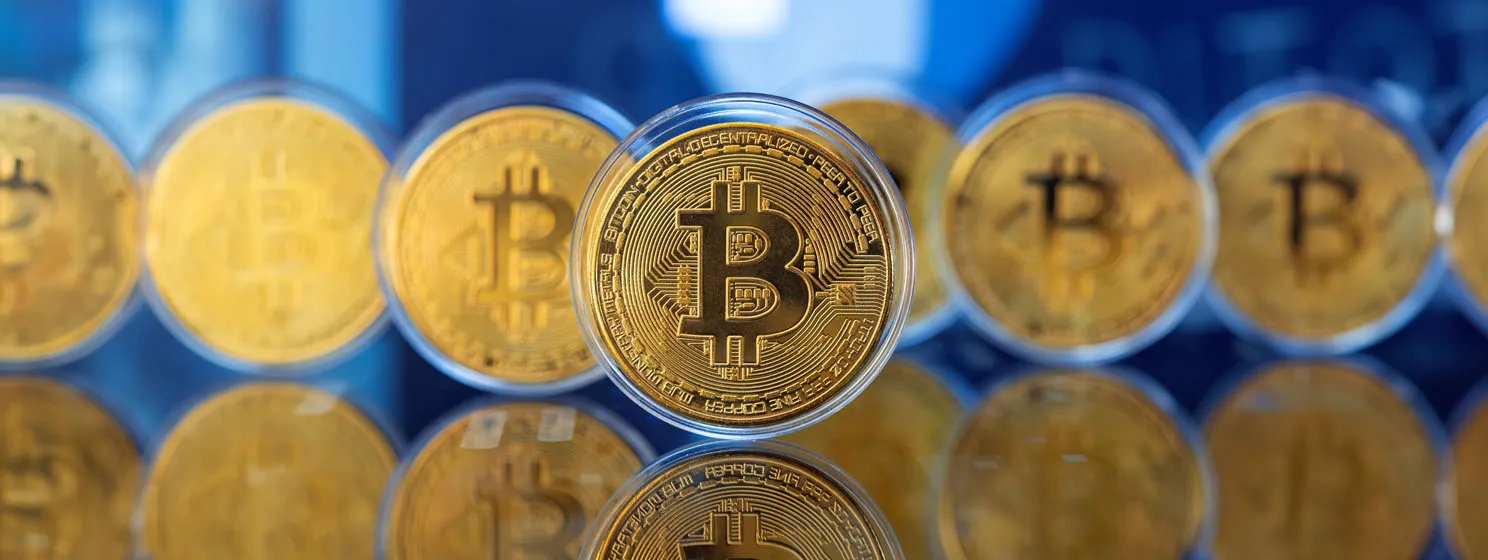|
Getting your Trinity Audio player ready...
|
The Bitcoin SV Academy has launched a new course, Introduction to Bitcoin Theory, which is designed for anyone, even those completely new to Bitcoin. Its 13 sections are expected to take nine hours to complete and there’s an exam at the end to make sure you have absorbed the knowledge. The course covers the design of the Bitcoin blockchain and the node network, with an emphasis on its security features.
CoinGeek’s Charles Miller recently completed the course and in this week’s CoinGeek Conversations, he talks to Brendan Lee, one of the instructors on the course and the Bitcoin Association’s Training and Development Manager, about what he learnt.
In particular, Charles asks Brendan to talk him through what happens when an ordinary user makes a small transfer of Bitcoin from one wallet to another. Using a block explorer, Brendan analyses the transaction that Charles made between two of his own wallets, to see exactly how the payment was made, Including features such as the return of ‘change’ from one wallet to another. Each transaction can be traced, showing precisely how the payment leaves one wallet and arrives in the other.
When making a transaction, Brendan says a user would want to spend one coin at a time. As he points out, a coin which has a million Satoshis in it, is enough to make a transaction. After a user sends a coin, Brendan explains that the input will create several outputs, each one containing various amounts of Satoshis. One of those outputs will go to the address provided. As for the rest of the coins Brendan says, they go back into the user’s wallet as change which can then be used for another transaction.
In the conversation, Brendan also goes into a detailed explanation of how a Bitcoin address is generated. He says Bitcoin addresses are derived from a private key. “You start with the private key and then you do the elliptic curve maths on the private key and you get the public key. You take the public key and you hash that…. and we take the public hash and we put it through. Basically we change the format of how we present it and we put a one on the front and we call that a Bitcoin address.”
On whether Bitcoin transactions are more intangible compared to the normal financial system, Brendan says “Satoshis don’t exist except as a record on the public ledger and when we perform a transaction, what we’re effectively doing is, we’re taking an existing record that we can assert ownership over and redistributing its contents… But for the first time in history, we’re able to do that using a digital medium in a way that can’t be duplicated or undone. And that’s the unique aspect of Bitcoin and I think is what actually does make them almost a tangible thing.”
Hear the whole of Brendan Lee’s interview in this week’s CoinGeek Conversations podcast or catch up with other recent episodes:
You can also watch the podcast video on YouTube.
Please subscribe to CoinGeek Conversations – this is part of the podcast’s fourth season. If you’re new to it, there are plenty of previous episodes to catch up with.
Here’s how to find them:
– Search for “CoinGeek Conversations” wherever you get your podcasts
– Subscribe on iTunes
– Listen on Spotify
– Visit the CoinGeek Conversations website
– Watch on the CoinGeek Conversations YouTube playlist

 07-02-2025
07-02-2025 





